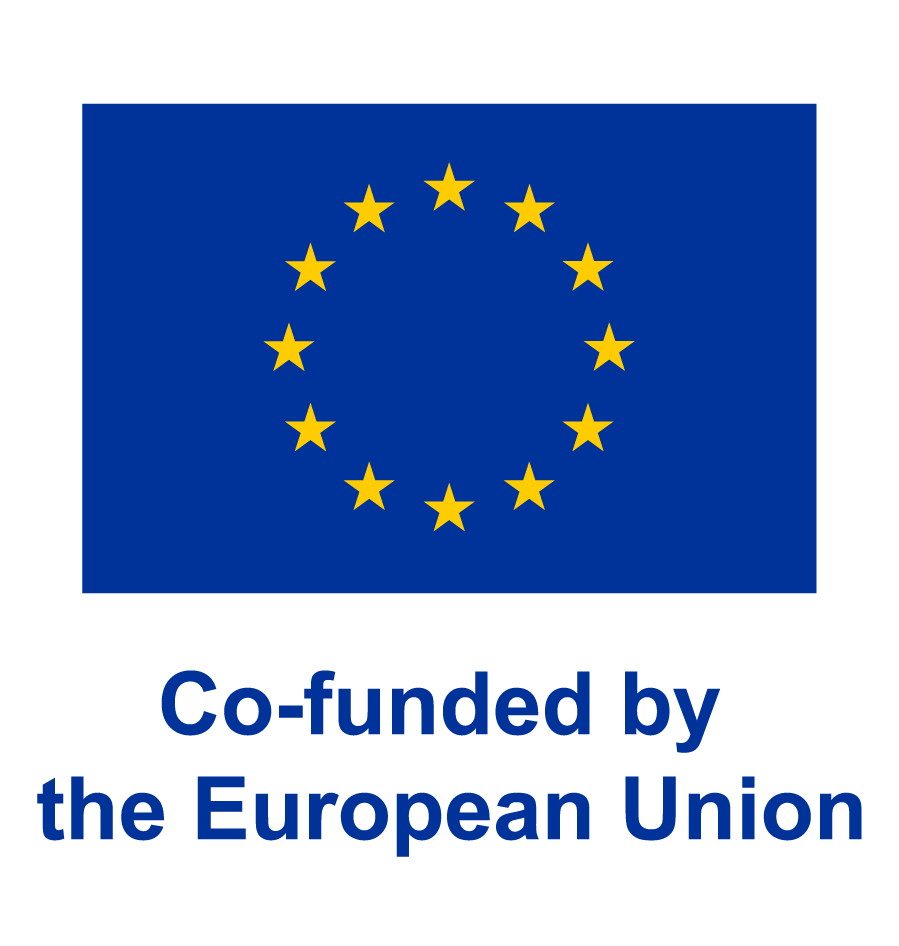Pesticide residue analysis of fruit juices
Pesticide residue analysis of fruit juices by LC-MS/MS direct injection. One year pilot survey
Ferrer, C., Martínez-Bueno, M.J., Lozano, A., Fernández-Alba, A.R.
Talanta. Volume 83, Issue 5, 15 February 2011, Pages 1552-1561
Author Keywords
Direct injection; Food analysis; Fruit juice; Liquid chromatography coupled to tandem mass spectrometry; Validation
Abstract
For this work, thirteen types of fruit juices (orange, pineapple, peach, apple, multifruit, mango, strawberry, tomato, pear, mandarin, grape, banana and grapefruit) were selected to develop an analytical method for the analysis of 53 pesticides by direct injection in LC-MS/MS. The preparation of the samples was very simple: an aliquot of the juice was centrifuged and it was ten-times diluted prior to analysis, which allowed reducing considerably the time and cost of the analyses. Besides, dilution of the samples permits reducing the amount of matrix going into the system, and thus, decreasing the matrix effects, so common in this type of commodities, opening the possibility to perform quantification with solvent based standards. Validation of the method was carried out in accordance with EU guidelines. Calibration curves covering three orders of magnitude were performed, and they were linear over the concentration range studied for all the matrices (from 0.1 to 100 μg L-1). Practical limits of quantification were in the low μg L-1 range, far below the maximum residue levels (MRLs) of the EU regulations, which do not set specific MRLs for juices, and in this cases of processed food, MRLs of the raw product are applied. Repeatability of the instrumental method was studied in all matrices, obtaining good intra- and inter-day relative standard deviations (RSDs). The proposed method was applied to 106 real fruit juice samples purchased in different local markets during a one-year survey in order to validate the suitability for routine analysis. 43% of the analysed samples gave positive results (higher than the practical limits of quantification).
© 2010 Elsevier B.V. All rights reserved.
If you want to obtain the full text document, please contact with us:
Octavio Malato: omalato@ual.es (+34) 950 214 423
Carmen Ferrer: cferrer@ual.es (+34) 950 014 102
Published 02-02-2011, 11:39:38
Top of Page

